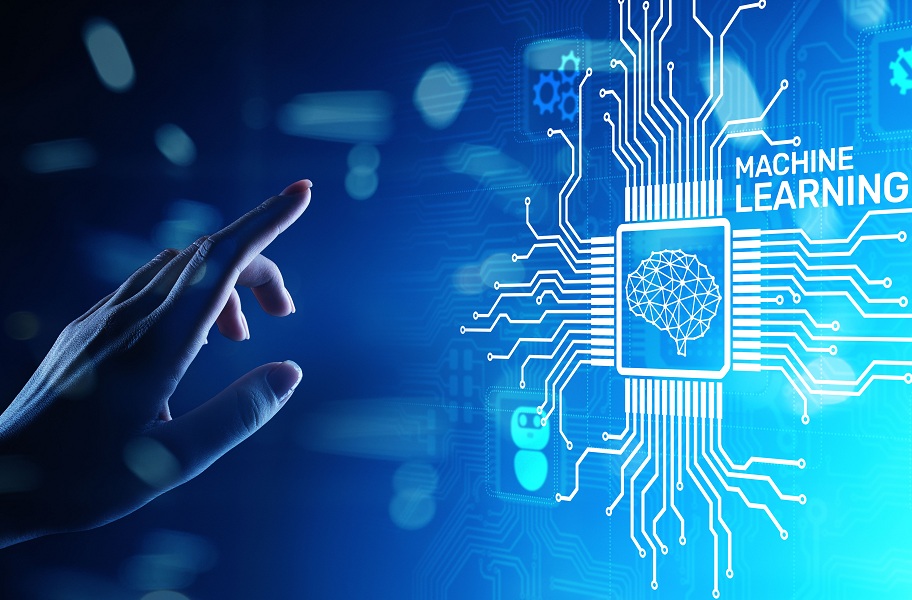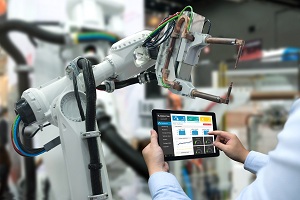
Machine learning (ML) is really coming into play this year. Its applications are growing exponentially worldwide and the benefits we reap from it are amazing. Organizations must consider its crucial factors to develop and deploy effective ML applications.
Machine learning is a pathway to artificial intelligence that we have come to depend on. As it advances, ML will continue to confuse the boundaries between machine intelligence and human intelligence. Let’s take a look at its basics and some real-world applications. Contact ITI Technical College today for more information.
Machine Learning Basics
Machine learning is a process of machine learning to perform some tasks that humans normally do. It is a part of data science related to artificial intelligence (AI) that feeds data into algorithms to do work. It performs these functions:
- The algorithm learns from the data with each algorithm iteration
- ML enhances its ability to predict outcomes and solutions
- The end product of these algorithms processing data is a model
- The new model uses what the ML algorithms learned to produce results
- Models can learn numerical values, rules, and other data structures needed to find patterns, make predictions, and decisions
Machine learning is focused on building computer systems that learn from vast sources of data and information. The techniques that ML uses allow computer software applications to improve their functioning.
How Machine Learning Works
 Understanding how machine learning works is like watching a science fiction movie when we were children – it is fascinating. ML works by going through these steps:
Understanding how machine learning works is like watching a science fiction movie when we were children – it is fascinating. ML works by going through these steps:
- Problem Framing consists of deciding what you want to predict and the kind of data needed to make these predictions.
- Collecting Data involves finding data that contains the answer or solutions you want to predict for a project or outcome.
- Selecting Algorithms from options can be a combination of art and science. By using a known training data set, algorithms produce functions that make predictions about the output values. The algorithms can also compare its outcome to the intended output and make corrections if necessary.
- Training is accomplished by giving algorithms training data to learn patterns and maps. The result is a model that makes predictions based on unseen data. As more data is fed into the algorithm, it continues to learn and its outputs create more sophisticated models.
- Evaluation occurs once the ML training is completed. Models are evaluated by using the remaining data to determine their real-world performance. Models can draw conclusions based on data sets and training. If the results look correct, they can be used for predictive analytics on real-world data.
| “As it advances, ML will continue to confuse the boundaries between machine intelligence and human intelligence.” |
Examples Of ML Applications
 Today’s ML applications are many and varied in different industries. They range from performing simple tasks to solving complex problems. Some common examples include:
Today’s ML applications are many and varied in different industries. They range from performing simple tasks to solving complex problems. Some common examples include:
- Banking and Finance
- Fraud Detection
- Healthcare Efficiency
- Image Recognition
- Pattern Recognition
- Product Recommendations
- Self-Driving Cars
- Social Media Features
- Speech Recognition
- Virtual Personal Assistants
As machine learning applications and technology continue to advance, the world will change. More examples of ML will emerge for personal, business, and government use that will become essential parts of our daily lives.
Why Machine Learning Is Important
Machines are trained or programmed to learn from data and let organizations automate routine tasks that were previously done by employees. As a result, they are freed up to work on more creative and strategic tasks and projects. Machine learning can also perform superhuman jobs like processing enormous quantities of information. They are also important because:
- They can extract patterns and insights from large data sets
- ML helps companies become much more competitive
- ML increases the efficiency, effectiveness, and productivity of businesses
- Factories experience fewer accidents, less bored workers, and more profits
- Facebook, Google, and Uber use ML as a core part of their operations
The future operations of countless companies will likely depend on ML to provide these benefits and more. This technology helps us make sense of the data we create and collect and improve decision-making in general.
Earn Your Associate Degree
A great way to enter the workforce in this career is by applying now. Obtain your Information Technology (AOS)Associate of Occupational Studies Degree at ITI Technical College to prepare for an entry-level position.
For more information about graduation rates, the median debt of students who completed the program, and other important information, please visit our website: https://iticollege.edu/disclosures/




